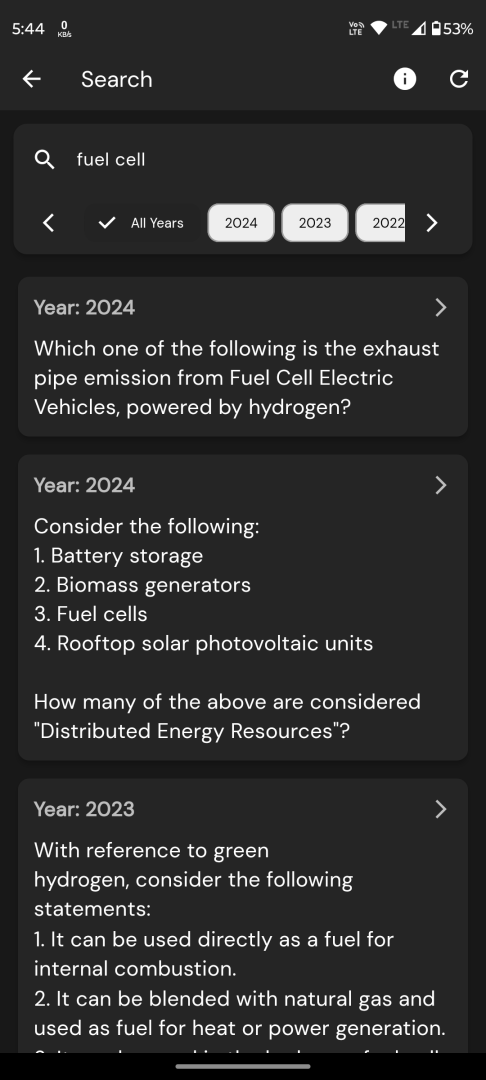Q. In India, the segregation of municipal waste at source is rare.
Recycling is mostly with the informal sector. More than three-fourths of the municipal budget goes into collection and transportation, which leaves very little for processing/resource recovery and disposal. Where does waste-to-energy fit into all this? Ideally it fits in the chain after segregation (between wet waste and the rest), collection, recycling, and before getting to the landfill. Which technology is most appropriate in converting waste to energy depends on what is in the waste (that is biodegradable versus non-biodegradable component) and its calorific value. The biodegradable component of India’s municipal solid waste is a little over 50 per cent, and biomethanation offers a major solution for processing this.
Q. Based on the above passage, the following assumptions have been made :
1. Collection, processing and segregation of municipal waste should be with government agencies.
2. Resource recovery and recycling require technological inputs that can be best handled by private sector enterprises.
Which of the assumptions given above is/are correct?
(a) 1 only
(b) 2 only
(c) Both 1 and 2
(d) Neither 1 nor 2
Q. Which one of the following statements best reflects the crux of the passage?
(a) Generation of energy from municipal solid waste is inexpensive.
(b) Biomethanation is the most ideal way of generating energy from municipal solid waste.
(c) Segregation of municipal solid waste is the first step in ensuring the success of waste-to-energy plants.
(d) The biodegradable component of India’s municipal solid waste is not adequateto provide energy from waste efficiently/effectively.
Question from UPSC Prelims 2023 CSAT
Model Answer:
Q1: Correct Answer – (d) Neither 1 nor 2
Explanation –
The passage does not make any assumptions about whether collection, processing and segregation of municipal waste should be with government agencies or whether resource recovery and recycling require technological inputs that can be best handled by private sector enterprises. The passage mainly discusses the current state of waste management in India and where waste-to-energy fits into the process. It also mentions that the technology used to convert waste to energy depends on the type of waste and its calorific value.
Q2: Correct Answer – (c) Segregation of municipal solid waste is the first step in ensuring the success of waste-to-energy plants.
Explanation –
The passage mainly discusses the process of waste-to-energy conversion and highlights the importance of segregation of municipal solid waste as a crucial step in this process. It also mentions that the type of technology used for waste-to-energy conversion depends on the composition of the waste. Therefore, option (c) “Segregation of municipal solid waste is the first step in ensuring the success of waste-to-energy plants” best reflects the crux of the passage.





